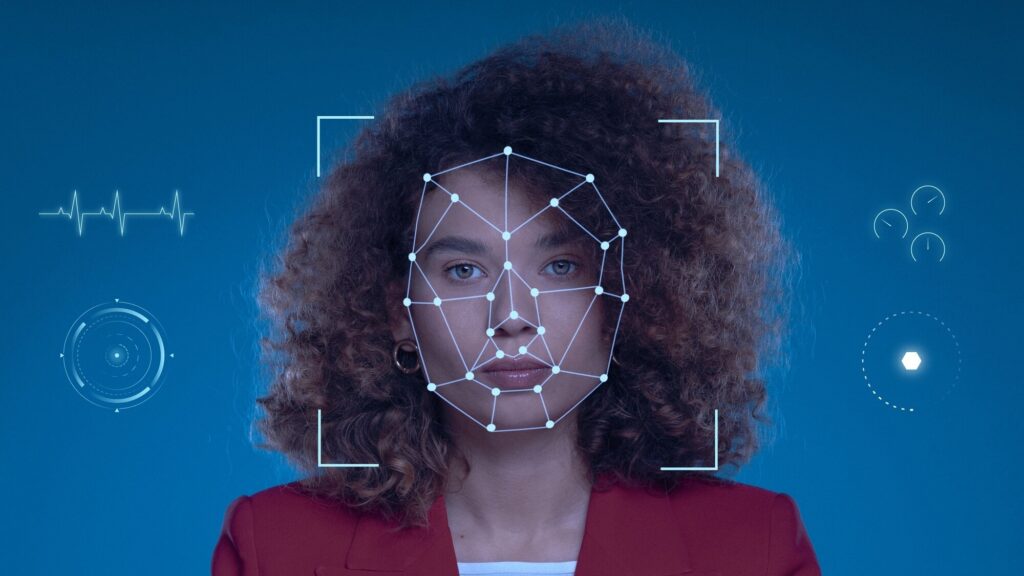Introduction
Deepfake technology, a subset of synthetic media, is revolutionizing social engineering attacks. By leveraging AI-generated images, videos, and voice cloning, cybercriminals manipulate individuals into revealing sensitive information or taking harmful actions. As law enforcement and cybersecurity professionals raise alarms, businesses and individuals must understand the scope of this emerging threat and develop effective countermeasures.
Dr. Matthew Canham, a cybersecurity researcher at the University of Central Florida, has developed a deepfake social engineering framework to analyze these attacks. This article will explore the mechanics of deepfake-based social engineering, real-world examples, and strategies to mitigate risks.
What is Deepfake-Based Social Engineering?
Deepfake-based social engineering refers to the use of AI-generated media to impersonate individuals, manipulate emotions, and deceive targets into taking actions that benefit the attacker. Unlike traditional social engineering techniques, which rely on textual deception (e.g., phishing emails), deepfakes enhance the realism of fraud attempts by mimicking voices, faces, and mannerisms with uncanny accuracy.
The FBI issued a Private Industry Notification (PIN) in 2021, warning businesses about the rising use of deepfakes in cybercrime. Threat actors are now using synthetic media to bypass traditional security controls and exploit human cognitive biases.
Why Are Deepfakes So Dangerous?
Social engineering is effective because it exploits human psychology. Deepfake technology intensifies this threat in several ways:
1. Exploiting Cognitive Biases
- Humans rely on expectations to process information efficiently. We tend to believe what we see and hear, making us vulnerable to manipulated media.
- In high-pressure situations, we rely on fast cognition (instinctive decision-making) rather than slow, analytical thinking. Attackers exploit this by creating urgent scenarios, such as fake ransom demands or fraudulent fund transfer requests.
2. Overcoming Traditional Security Measures
- Many security measures, such as voice authentication and facial recognition, rely on biometric data. Advanced deepfakes can spoof these systems.
- Multi-factor authentication (MFA) that includes biometric verification is increasingly at risk if deepfake technology continues to evolve.
3. Real-Time Interactivity
- Deepfake technology is moving toward real-time AI-driven impersonation. Attackers can manipulate live video calls and voice conversations, making it nearly impossible for victims to detect fraud.
The Deepfake Social Engineering Framework
Dr. Canham’s research categorizes deepfake-based social engineering attacks using five key dimensions:
1. Medium of Attack
- Text-based (Chatbots, deepfake-generated emails)
- Audio-based (Voice cloning in phone scams)
- Image-based (Fake social media profiles)
- Video-based (AI-generated video impersonations)
- Multi-modal (Combination of the above)
Example: A UK-based firm suffered financial losses after a deepfake audio vishing attack convinced an employee to wire funds to a fraudulent account.
2. Control of the Attack
- Human-controlled (Manual execution by an attacker)
- AI-powered automation (Chatbots, voice AI)
- Hybrid (Initial AI engagement, later human involvement)
Example: Gift card scams increasingly use AI chatbots to initiate conversations before handing victims over to human scammers.
3. Familiarity of the Target
- Unfamiliar impersonations (Fake dating profiles, romance scams)
- Familiar impersonations (Deepfake CEOs, company executives)
- Close-person impersonations (Virtual kidnappings, family member scams)
Example: A virtual kidnapping scam used a deepfake video of a missing child to demand ransom from parents.
4. Level of Interactivity
- Pre-recorded (Deepfake videos, fake news)
- Asynchronous (Emails, chat exchanges with delays)
- Real-time interaction (Deepfake video calls, AI-powered calls)
Example: Zoom deepfake attacks may soon enable attackers to impersonate coworkers in online meetings.
5. Target of the Attack
- Individuals (Romance scams, phishing attempts)
- Automation systems (Deepfake biometric spoofing)
- Mass manipulation (AI-driven fake news campaigns)
Example: A biometric authentication attack could allow hackers to bypass voice or facial recognition security measures.
Real-World Deepfake Social Engineering Cases
1. Deepfake Vishing Attack (UK, 2019)
- Attackers used AI to mimic a CEO’s voice and instructed an employee to transfer €220,000 to a fraudulent account.
- The deception was so realistic that the employee completed multiple transactions before realizing the scam.
2. Deepfake Trading Manipulation (AP Twitter Hack, 2013)
- Hackers compromised the Associated Press Twitter account and tweeted false reports of explosions at the White House.
- Stock markets lost billions within minutes as AI trading algorithms reacted to the misinformation.
3. Deepfake Kidnapping Scams
- Criminals use synthetic voice cloning to imitate kidnapped family members and demand ransom.
- Future scams could use real-time deepfake video to increase credibility.
How to Defend Against Deepfake-Based Social Engineering
1. Implement a Shared Secret Policy
- Establish unique security questions with close contacts to verify identity.
- Use an unexpected keyword (e.g., “purple unicorn”) that only trusted individuals know.
2. Multi-Person Authorization for Sensitive Transactions
- Require at least two employees to authorize financial transactions.
- Cross-verify requests via multiple communication channels (email + phone).
3. Multi-Channel Verification
- Never trust a single communication channel for sensitive requests.
- If a request is received via phone, verify it through a known email address.
4. Employee Training & Awareness
- Conduct deepfake recognition training for employees.
- Educate teams on voice and video deepfake detection techniques.
5. AI-Based Deepfake Detection Tools
- Deploy forensic detection tools like Facebook’s Deepfake Detection Challenge solutions.
- Use liveness detection in biometric authentication to detect anomalies in deepfake videos.
Final Thoughts: The Future of Deepfake-Based Attacks
Deepfake-based social engineering is no longer a theoretical threat—it is actively being exploited in cybercrime. As AI technology advances, businesses and individuals must proactively defend against these attacks using a combination of technology, policy, and human vigilance.
Cybercriminals are constantly evolving, and deepfake security measures must evolve faster. By understanding the five dimensions of deepfake attacks, implementing multi-layered defenses, and raising awareness, we can mitigate the risks posed by this growing threat.


